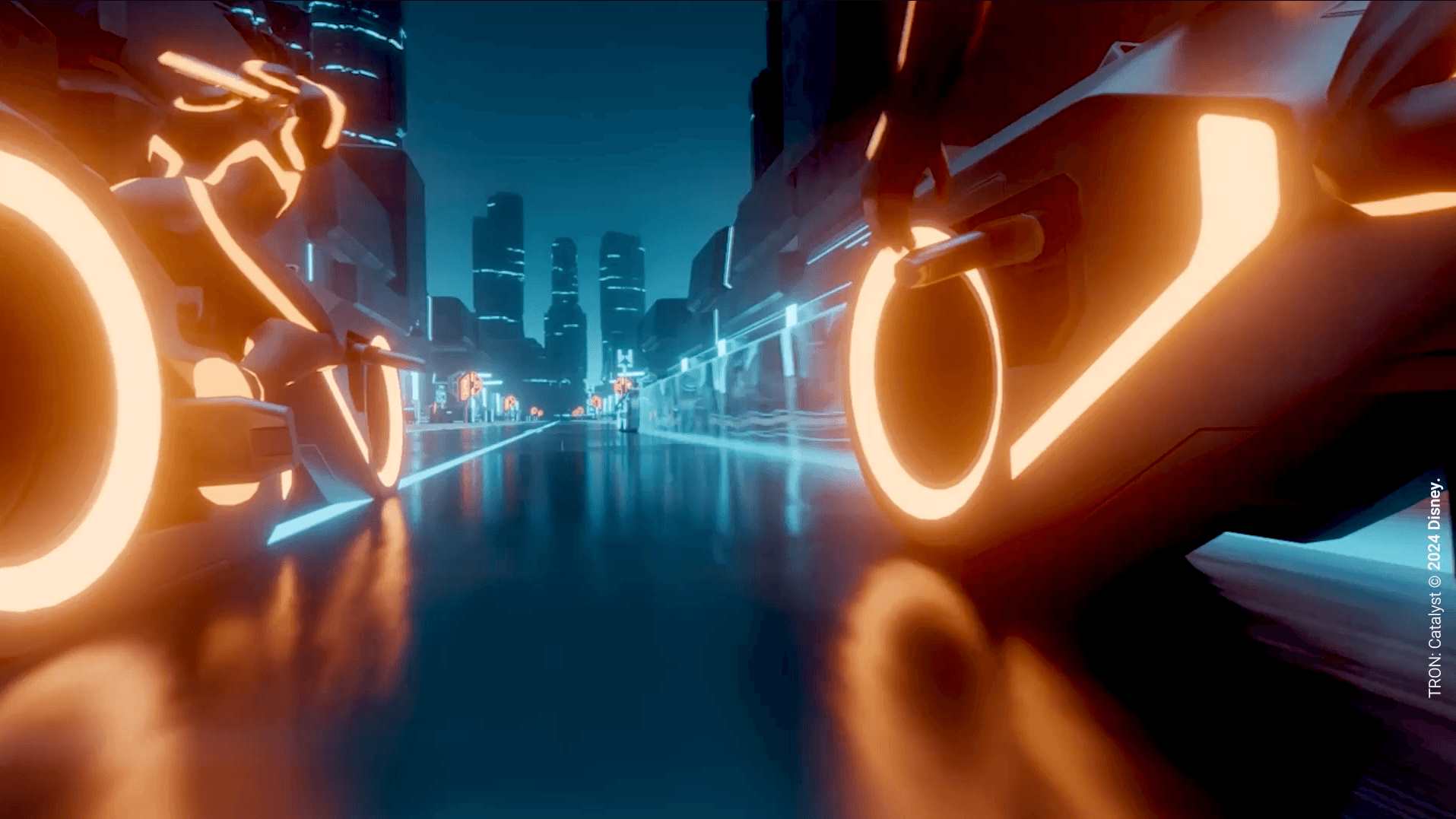
Go Create
20+
end-user platforms supported for running Unity creations²
3.6B
downloads per month of Made with Unity applications³
82
of the top 100 games use Unity to grow their games⁴
Creator credits¹
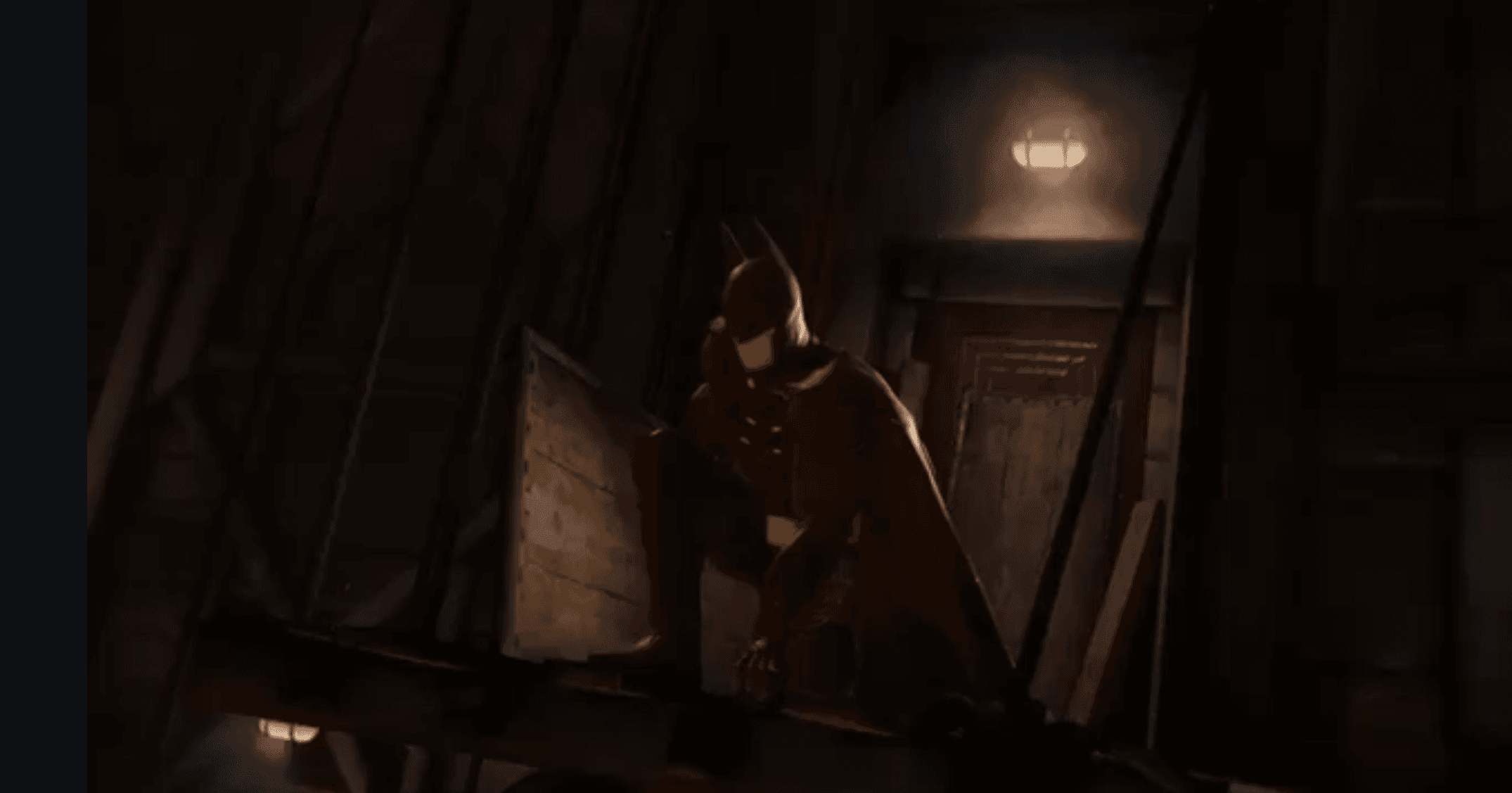
Games
Create and grow amazing games across 20+ platforms and billions of devices with our end-to-end tools and services for creation, launch, and beyond.⁵
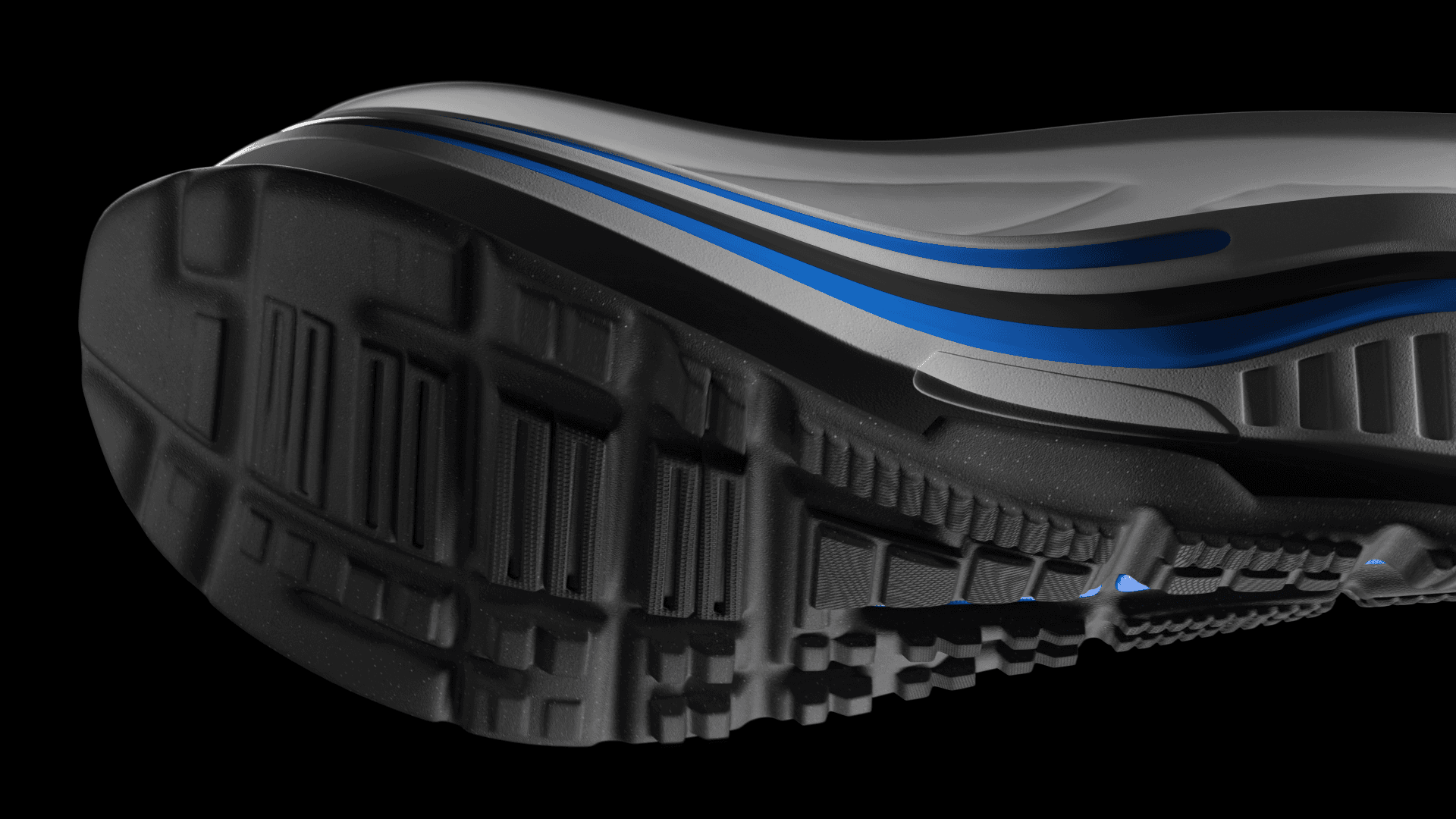
Industry
Get the creation tools and enterprise support you need to transform your CAD and 3D data into immersive apps and experiences for any device, anywhere.
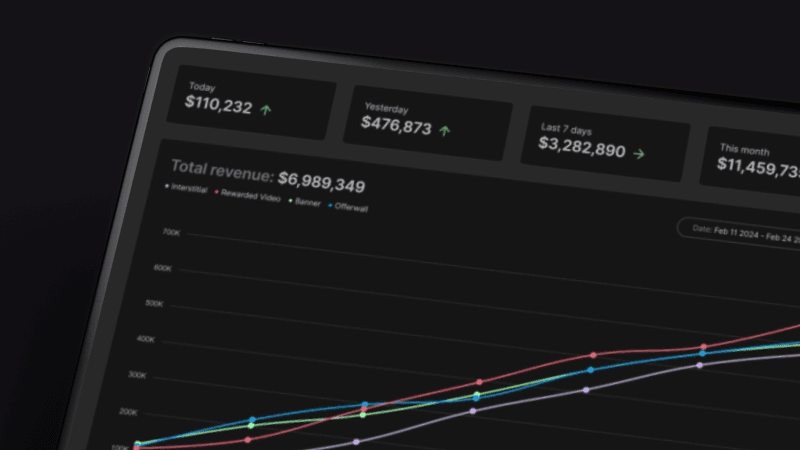
Grow
Grow your app from day one with Unity's complete set of powerful tools, services, and expertise to turn it into a successful business.

Unity’s 2025 roadmap
Check out our roadmap covering how Unity 6.0 is supported, a look at what’s coming in Unity 6.1 and beyond.
Success stories
See how creators and studios around the world have achieved remarkable success with Unity’s solutions and services.

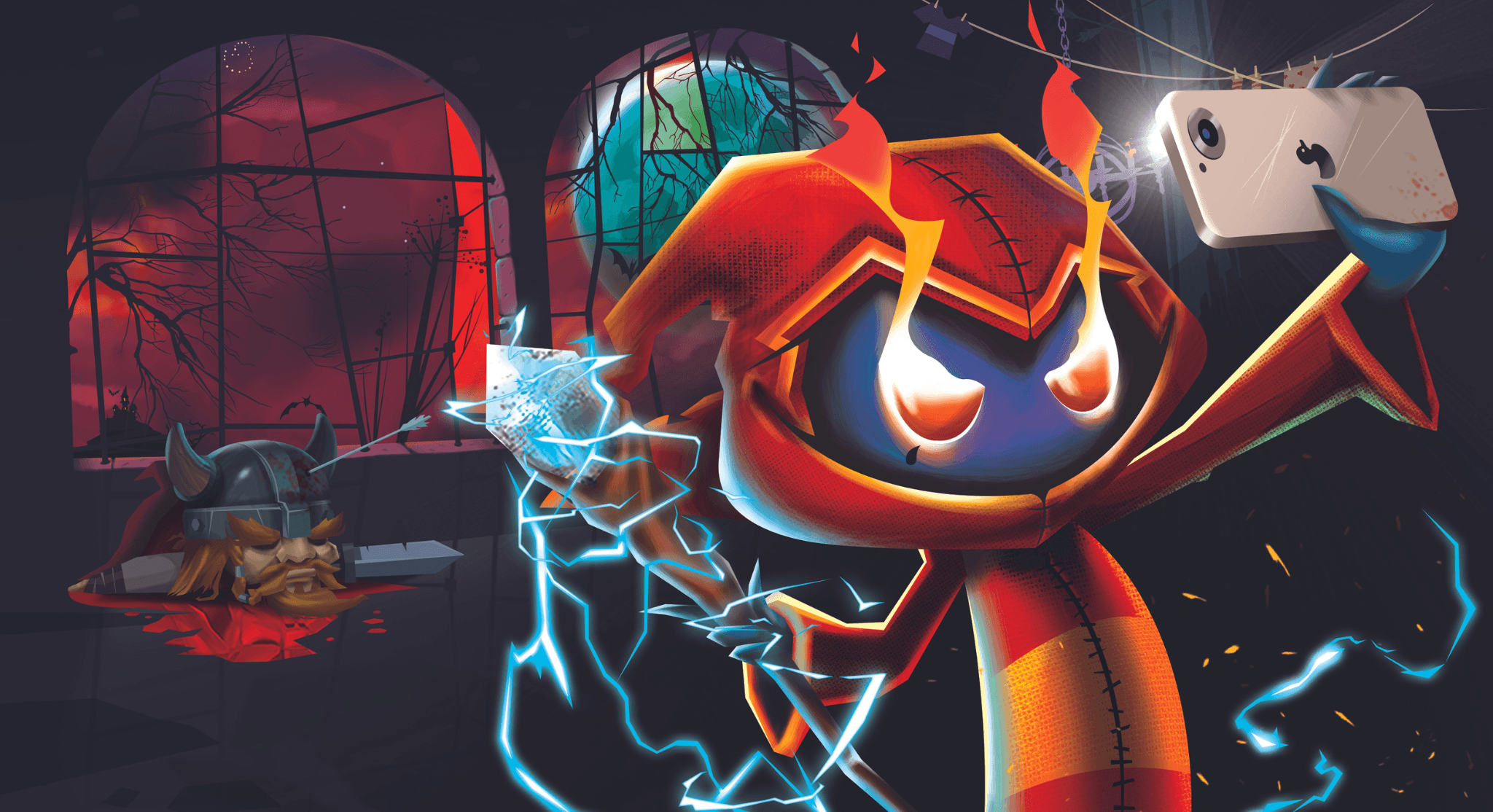

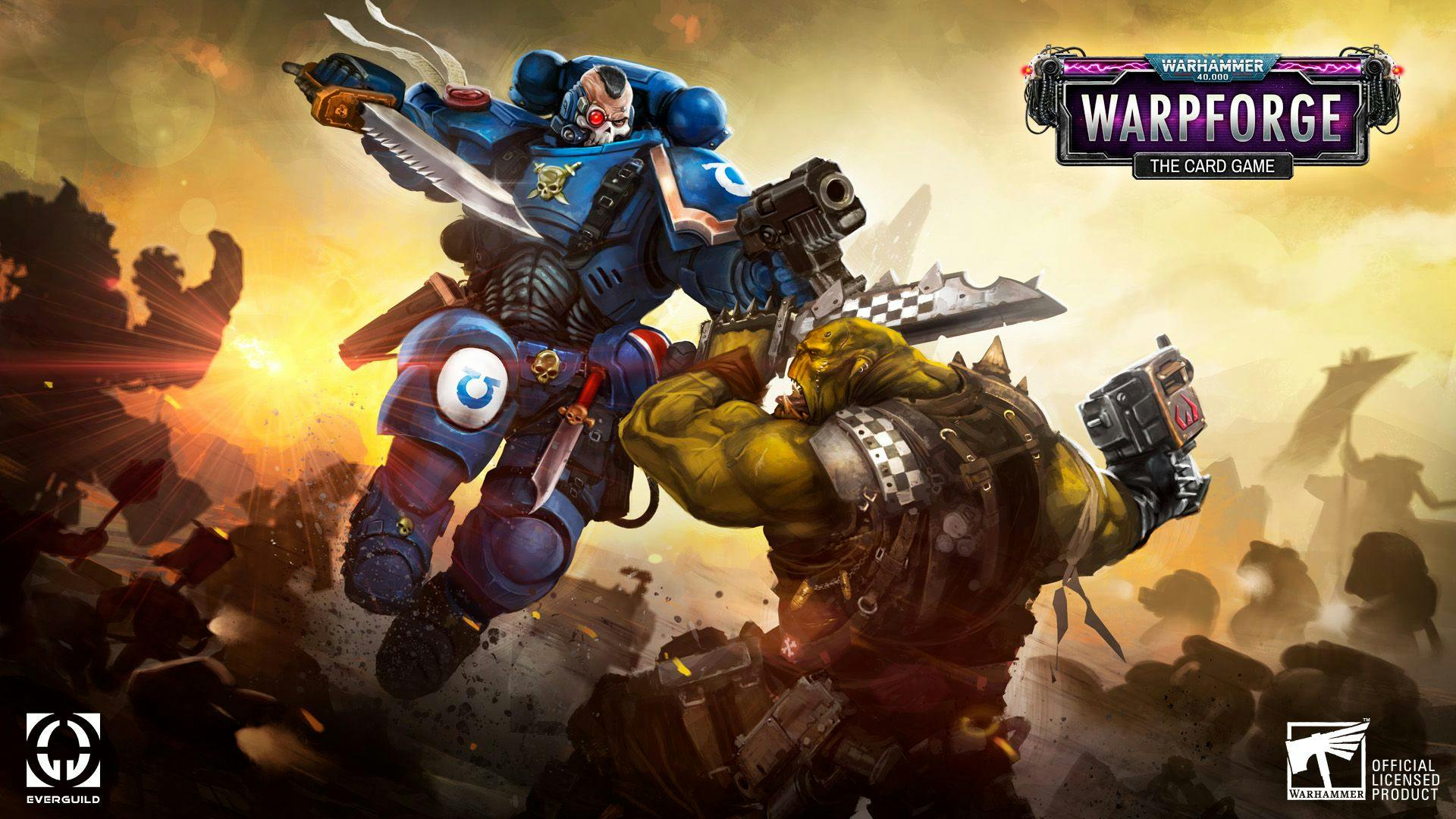

Subway Surfers
by SYBO
From a free-spirited urban culture highlighting hip-hop and graffiti, SYBO’s founders dreamed up what grew to be the defining game of the endless-runner genre: Subway Surfers.
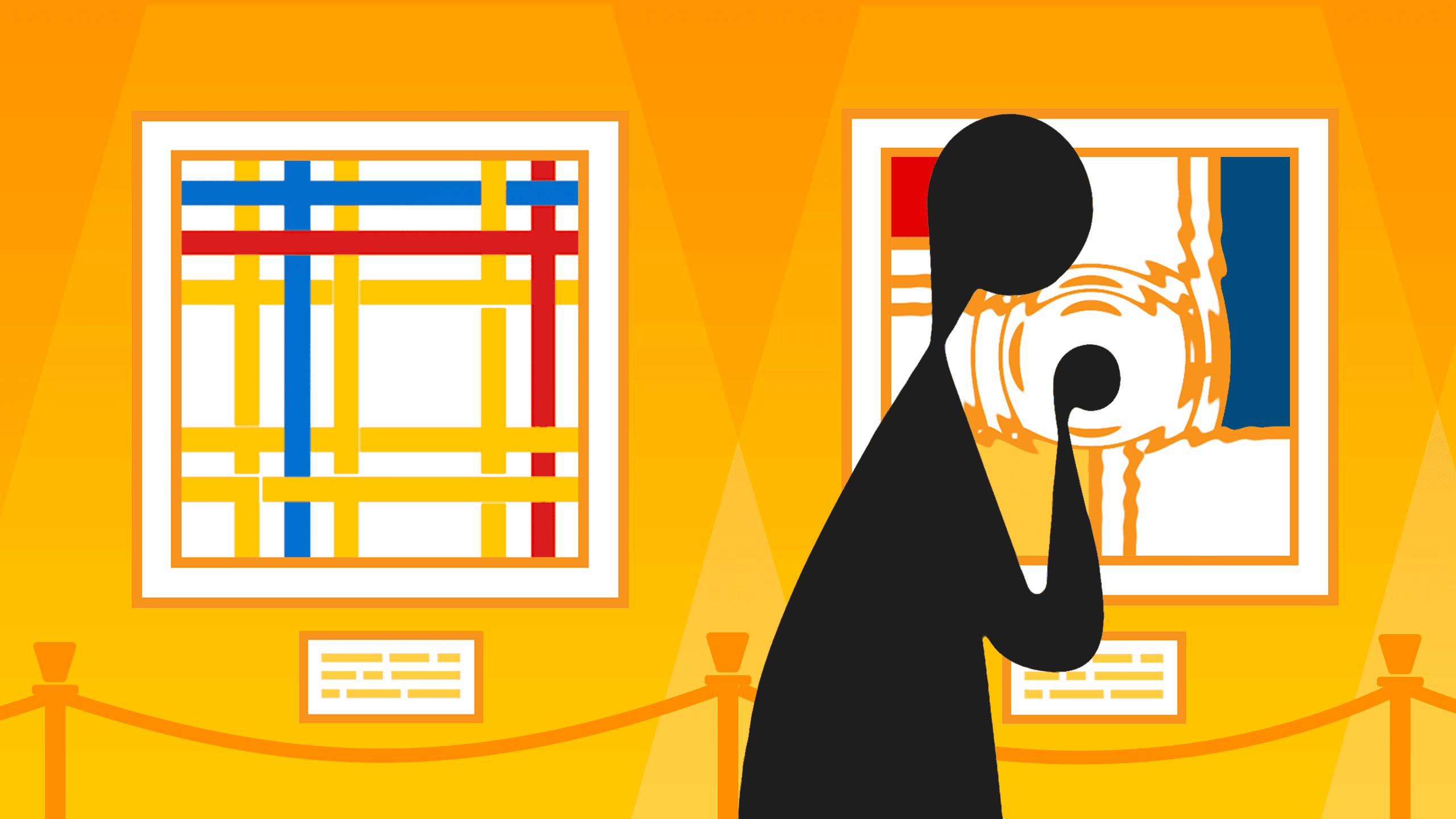


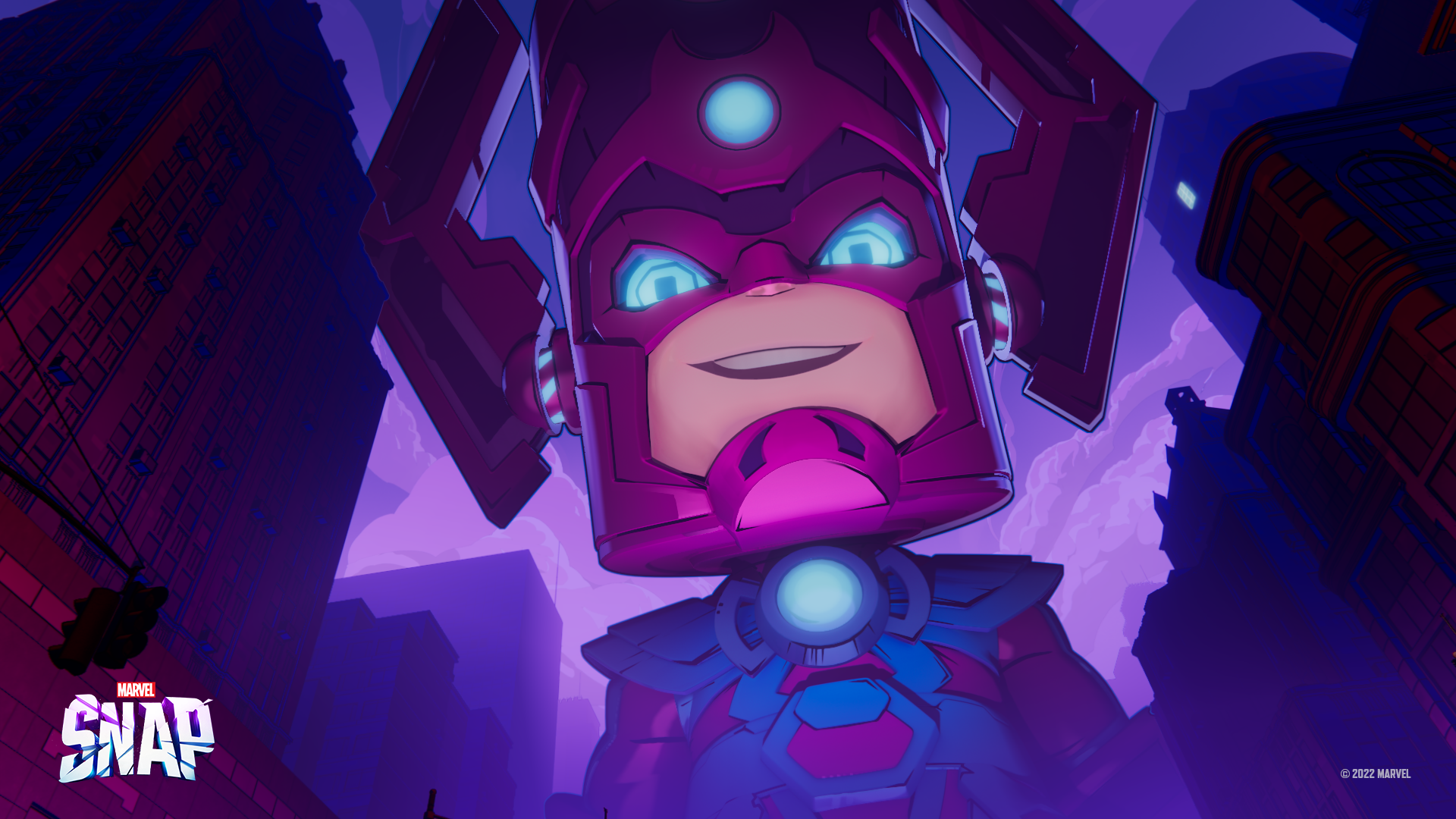

Safer communities
with Hi-Rez
Tony Jones, a lead producer on Rogue Company, shares tips for cultivating trust and safety among players in this primer to his Unite 2023 session.
Deep resources, dynamic community
Resources
Get started and finish faster with step-by-step help, knowledge base, Issue Tracker, and more.
Learn
Explore online learning paths, certifications, institutional licenses, tools for educators, and more.
Community
Join the worldwide network of Unity creators, from hobbyists to pros, who connect to learn, share, and inspire.
Subscription plans
Personal
Bring your vision to life with free access to the most widely used game engine in the world.
Pro
Unlock your team’s potential with the tools professionals use to create hit games across devices and platforms.
Enterprise
Manage complex real-time 3D projects with expert support and creation tools that scale for teams of any size.
Disclaimers
- Creator credits: TRON: Catalyst, Bithell Games, Big Fan Games, Devolver Digital | Dystopika, Voids Within, UNIKAT Label | Dredge, Black Salt Games, Team 17 | Worldless, NoName Studios, Coatsink, Thunderful | Lost Skies, Bossa Studios, Humble Games | Starship Home, Creature | Surfpunk, Double Stallion | POOLS, Tensori, UNIKAT Label
- As of December 2023. Source: Derived from internal Unity resources.
- As of September 2023. Source: Internal Unity sources, Data.ai Steam DB. Disclaimer: Downloads number is a combined figure of 3.56 billion mobile downloads based on data.ai data plus an internal estimate of 98 million downloads based on Steam data.
- As of 2023-10-25. Source: Data.ai. Disclaimer: Top 100 games based on 7-day average of worldwide downloads, both on Apple App and Google Play Stores, as of September 19, 2023 from data.ai.
- Creator credits: Camouflaj for Batman | I Am Your Beast, Strange Scaffold | Genshin Impact, miHoYo